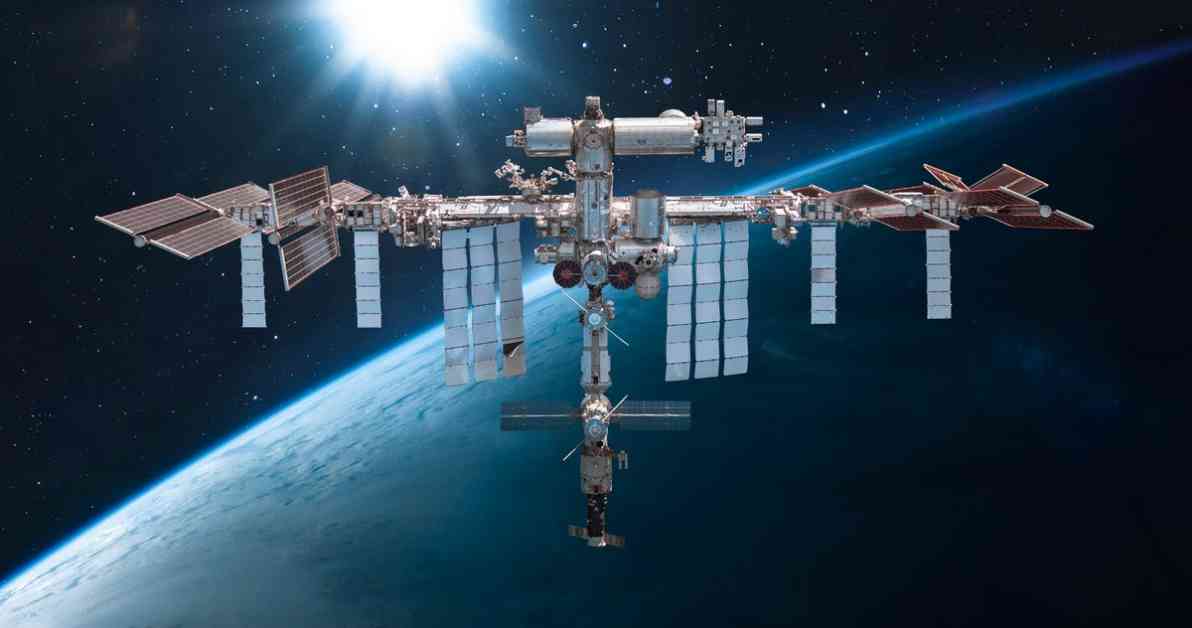In 2031, the International Space Station (ISS) will meet its end, crashing into the Pacific Ocean near Point Nemo, the farthest point from land on Earth. SpaceX will assist in this controlled deorbiting process to ensure that the station’s debris does not pose a threat to anyone or anything on its way down.
Deorbiting, the process of safely guiding a spacecraft through the atmosphere, is crucial to prevent space debris from causing harm. As the number of satellites in orbit increases, scientists, engineers, and regulators are working to address the risks associated with uncontrolled reentries of large spacecraft.
The ISS deorbiting operation is complex due to the station’s size, making it the largest human-made structure ever in space. To push the station towards the Pacific Ocean, NASA has commissioned SpaceX to build a special version of its Dragon spacecraft called the U.S. Deorbit Vehicle (USDV). This spacecraft will be equipped with additional thrusters and power systems to ensure a successful deorbiting process.
The controlled deorbit of satellites is essential to prevent space congestion and potential collisions with other objects in orbit. With new regulations requiring satellites to deorbit within a certain timeframe, companies are exploring various technologies to safely bring spacecraft back down to Earth.
For larger satellites like the ISS, active deorbiting measures are necessary to ensure that surviving debris does not pose a threat upon reentry. Companies like Astroscale are developing innovative solutions such as docking plates and capture vehicles to safely remove satellites from orbit.
While passive deorbiting methods exist for smaller satellites that will mostly burn up upon reentry, concerns remain about the environmental impact of vaporized spacecraft materials in the upper atmosphere. Scientists are studying the chemical effects of melting satellite components and the potential long-term consequences on Earth.
Addressing the challenges of space debris requires collaboration between government agencies, satellite operators, and technology developers. Improved tracking systems, timely notifications to aircraft, and responsible disposal of space assets are essential to maintaining a safe and sustainable space environment for future generations.
As the space industry continues to expand, it is crucial to prioritize safe deorbiting practices to mitigate the risks associated with space debris. By investing in innovative technologies and regulatory frameworks, we can ensure that both space and Earth remain protected from the impacts of uncontrolled reentries and orbital debris.










